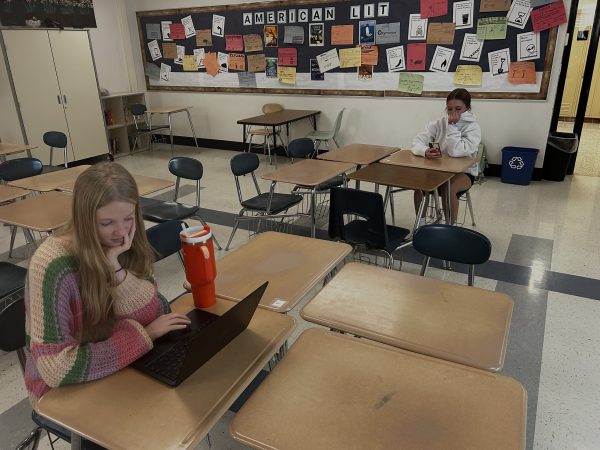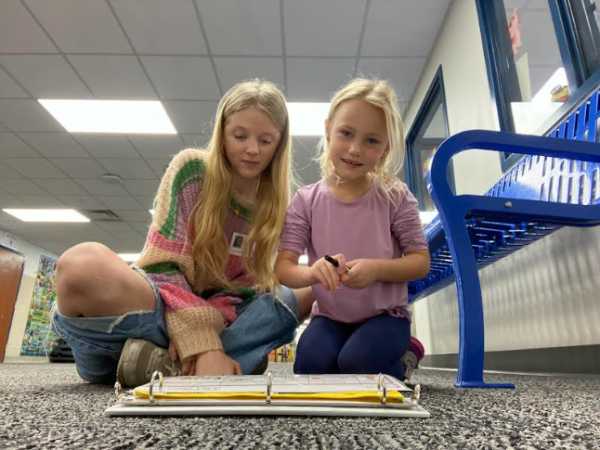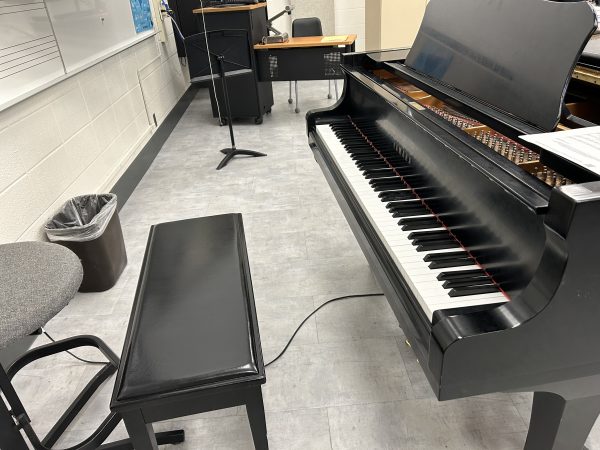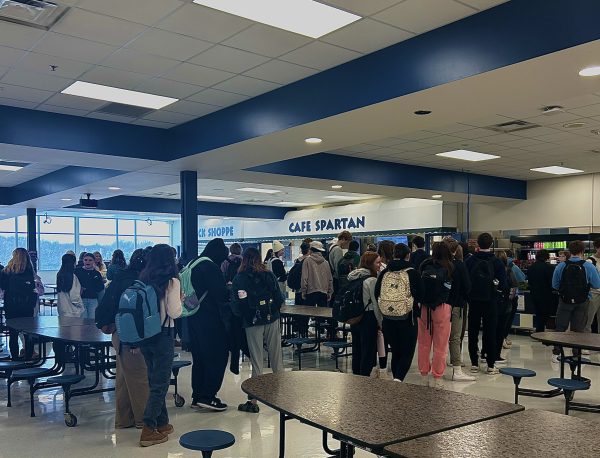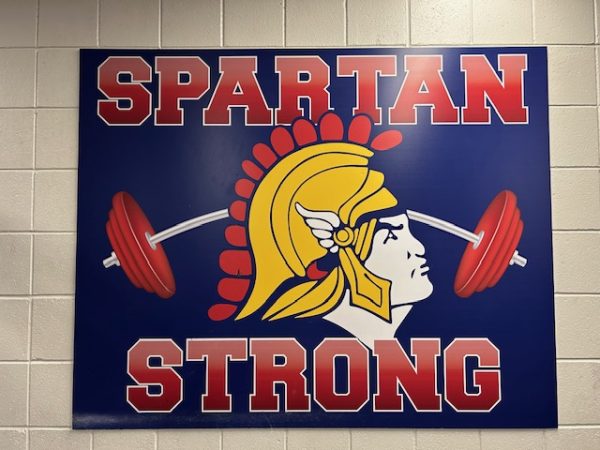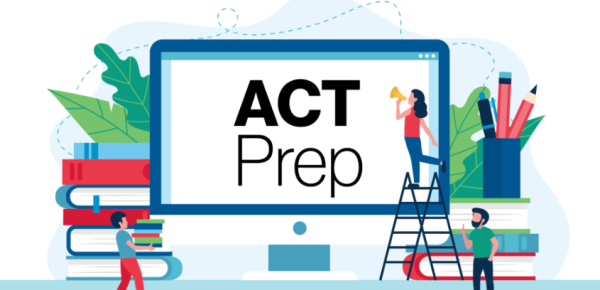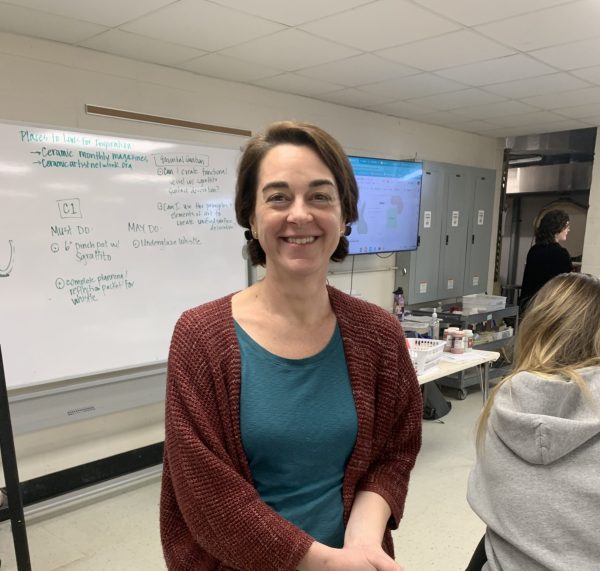Why Not Art?
April 13, 2015
“It’s in Apple’s DNA that technology alone is not enough—it’s technology married with liberal arts, married with the humanities, that yields us the result that makes our heart sing, and nowhere is that more true than in these post-PC devices,” Apple CEO Steve Jobs said, as he too understands the necessity of the arts.
Everyone needs art, infants, teens, adults and elders. Art in the daily life of a high schooler is important because they learn to think “outside of the box.” When the arts become incorporated into the lessons in class, they lessons become more engaging. They become abstract thinkers and come up with solutions that no one else can. By adding the arts into public high schools curriculum, more opportunities are presented by creating additional classes, academics are improved, but these opportunities are limited by budget cuts.
When most people hear the word “arts,” they think of pretty paintings and crayon drawings. Art can be anything and anywhere. It can be on the streets of a city, museums and even schools. In public schools there are some arts courses you can take, but not many. At Orono, you can sing, join band, take drawing and ceramics courses. Orono has scores of fabulous teachers with wonderful ideas. Let’s maximize these teachers talents and skills and allow them to enlarge and develop the arts programs at Orono. A great consideration for Orono would be adding STEAM classes, dance and orchestra. Those are just exploratory classes, Orono should think about integrating classes like english, social studies, math, and science. Orono has so much potential.
When schools get high scores on tests, they think it was the academic based track they are on. That may be true, but the test scores could get higher if the arts are incorporated into the curriculums for math, science, english, and social studies. Karen Uhler, a social studies teacher at F.A.I.R. Arts School says, “I think the arts can affect academic performance, in that it can increase student engagement. More importantly, it fosters critical thinking and helps otherwise abstract ideas.” When the arts are integrated into curriculums, students gain a better comprehension of what they are learning about. Studies have also proven that when the arts are involved with curriculums students can remember the material better. If students remember the material better its only natural that they score better on tests. What do schools want? Higher test scores. Not only do test scores improve but minority students grades soar with the arts. Art helps every student excel and achieve any goal ever imaginable.
Money is a rare and valuable object when it comes to schools. When money is tight, the school board comes to the conclusion that cutting the arts programs and the arts teachers is the best way to go. It is estimated that by the end of 2015, at least 25% of public high schools will have completely demolished their arts program. It helps the budget, but does it really help the students? Those cuts hurt minority students because studies have shown that grades have been affected dramatically by these cuts. Test scores drop. Late homework being turned in left and right. While these cuts are made, public schools focus on the main core classes to prepare for tests like the MCA, Explorer, and MAP. The increased testing demands and deeper budget cuts limits the amount of success students can reach without the arts.
By adding the arts into public high schools curriculum, more opportunities are presented to students by creating additional classes, academics are improved, but these opportunities are limited by budget cuts. They are able to come up with solutions that is extremely difficult for someone who is “normal.” Classes that incorporate the arts make the lesson make it easier to participate. Students become “outside the box” thinkers. No matter who you are, or what age you are at, everyone needs the arts. Simple changes, big results. It’s all in the arts.

